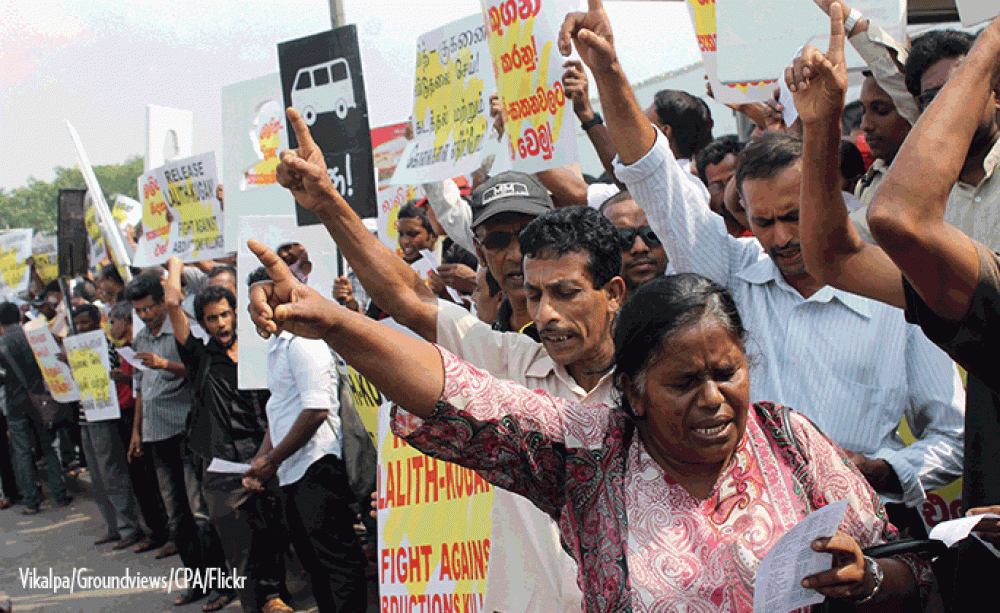Bridging the Narratives in Sri Lanka

In the hot plains of the Vanni, a larger-than-life stone soldier emerges out of a block of concrete, an AK-47 in one hand and the Sri Lankan flag in the other. Hardly visible from the ground, a dove sits on the machine gun. This is a “victory memorial” created by the Army after the end of the hostilities between the Tamil Tigers and the Sri Lankan Army in May 2009. Beneath it, two plaques commemorate its creation. They are in Sinhala and in English, but not in Tamil, the majority language there.
Travelling through Sri Lanka, five years after the end of hostilities in May 2009, I was confronted with starkly different perspectives. For many people in the South and West, the defeat of the Liberation Tigers of Tamil Eelam (LTTE) brought an end to a constant climate of fear. It was a time when parents would take different buses to the same destination in case one blew up. The last few years have also jumpstarted economic development, notably in industries such as tourism, transport and construction, according to the Central Bank of Sri Lanka. In Colombo, construction sites for new luxury hotels compete with each other. Consequently, many Sinhalese do not see urgency in addressing allegations of war crimes.
To read the rest of this piece, please visit The Hindu online ↪ .







